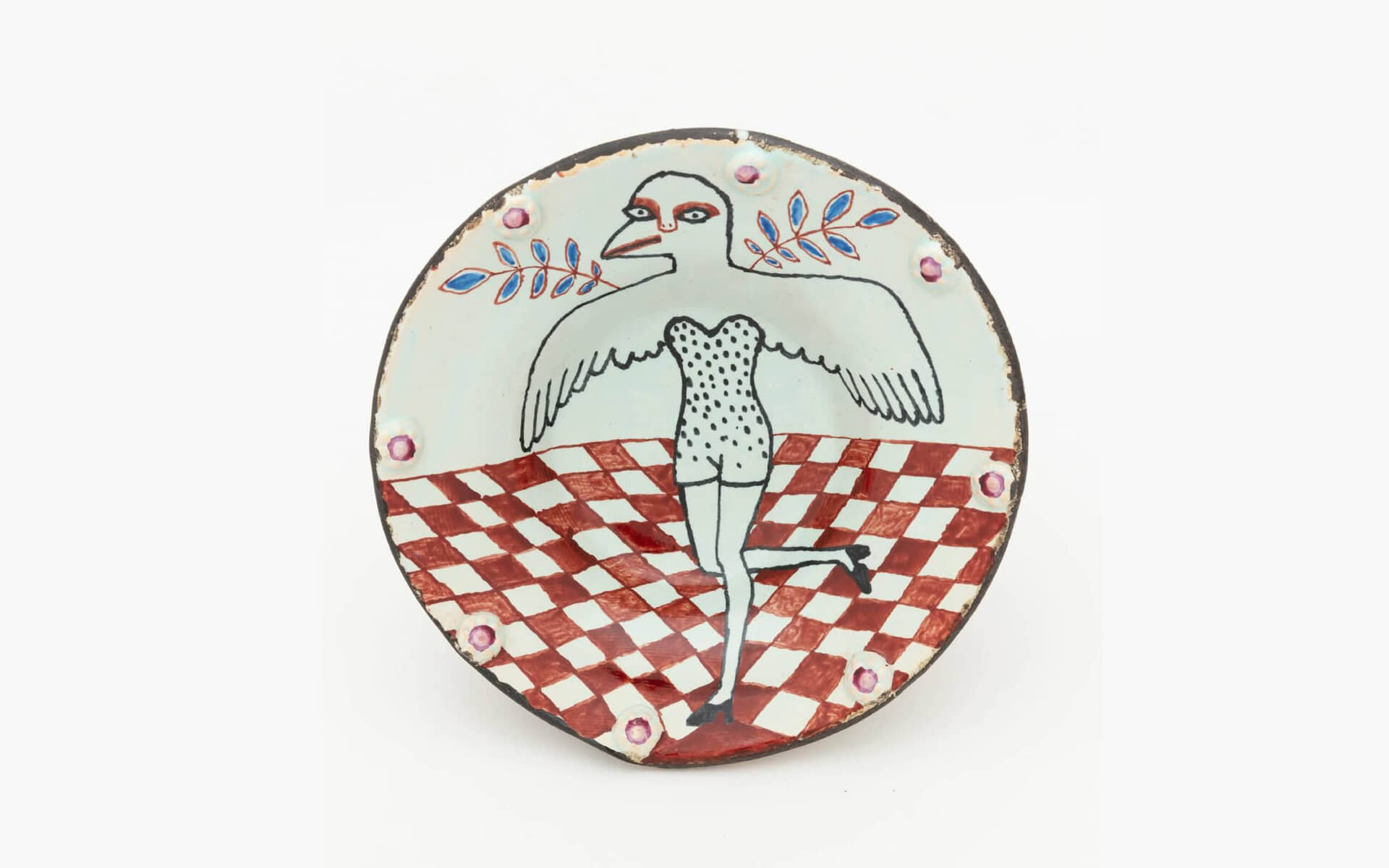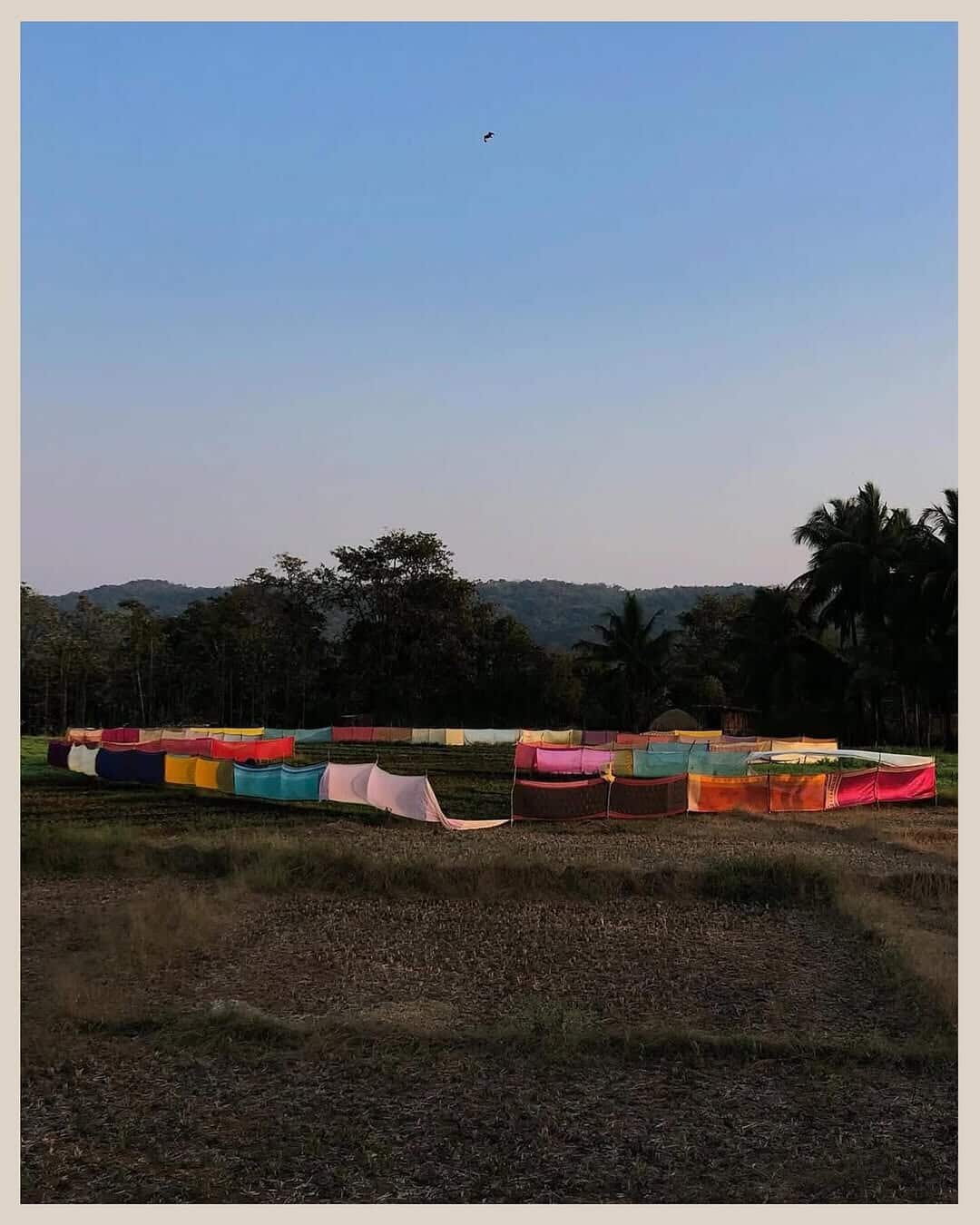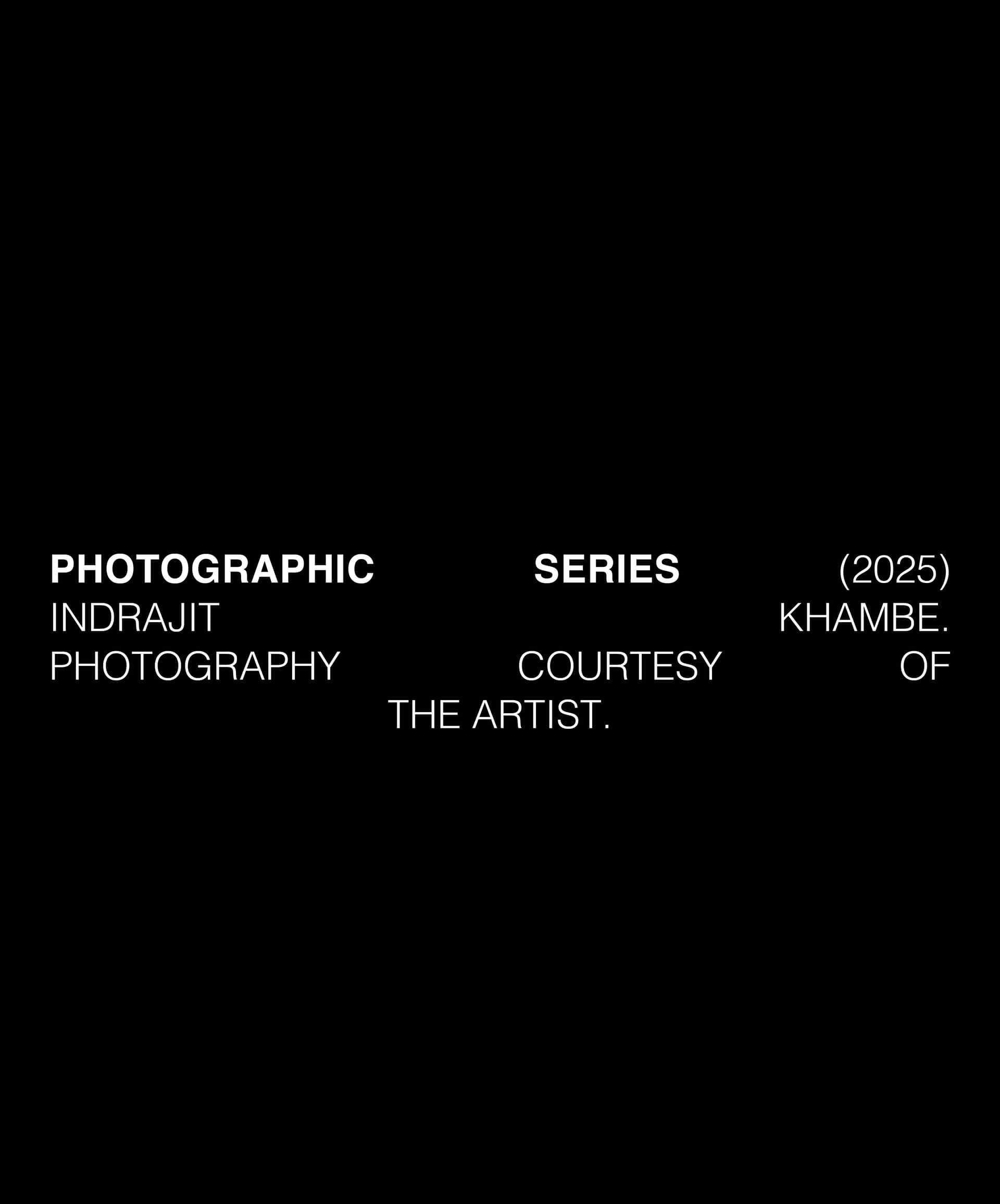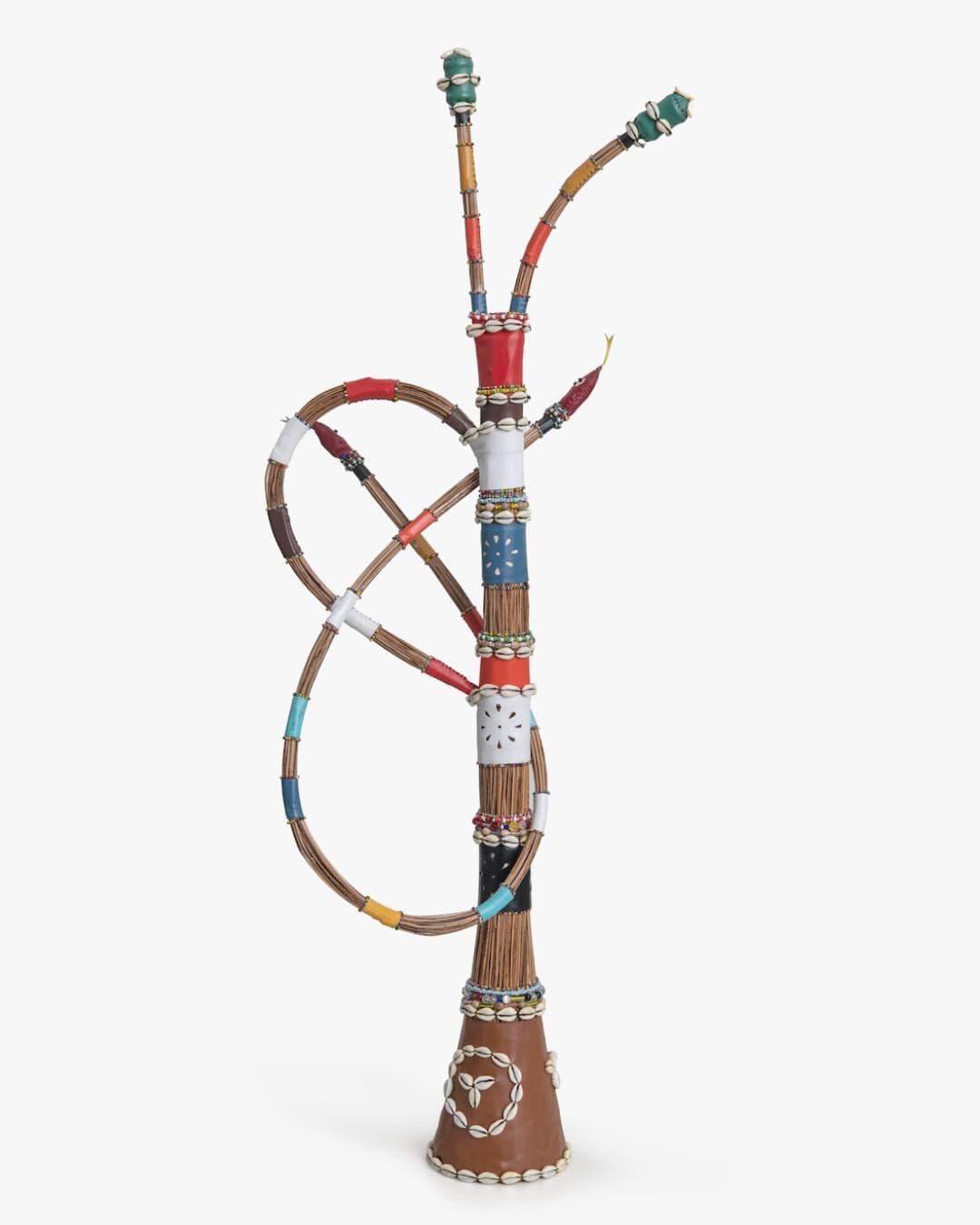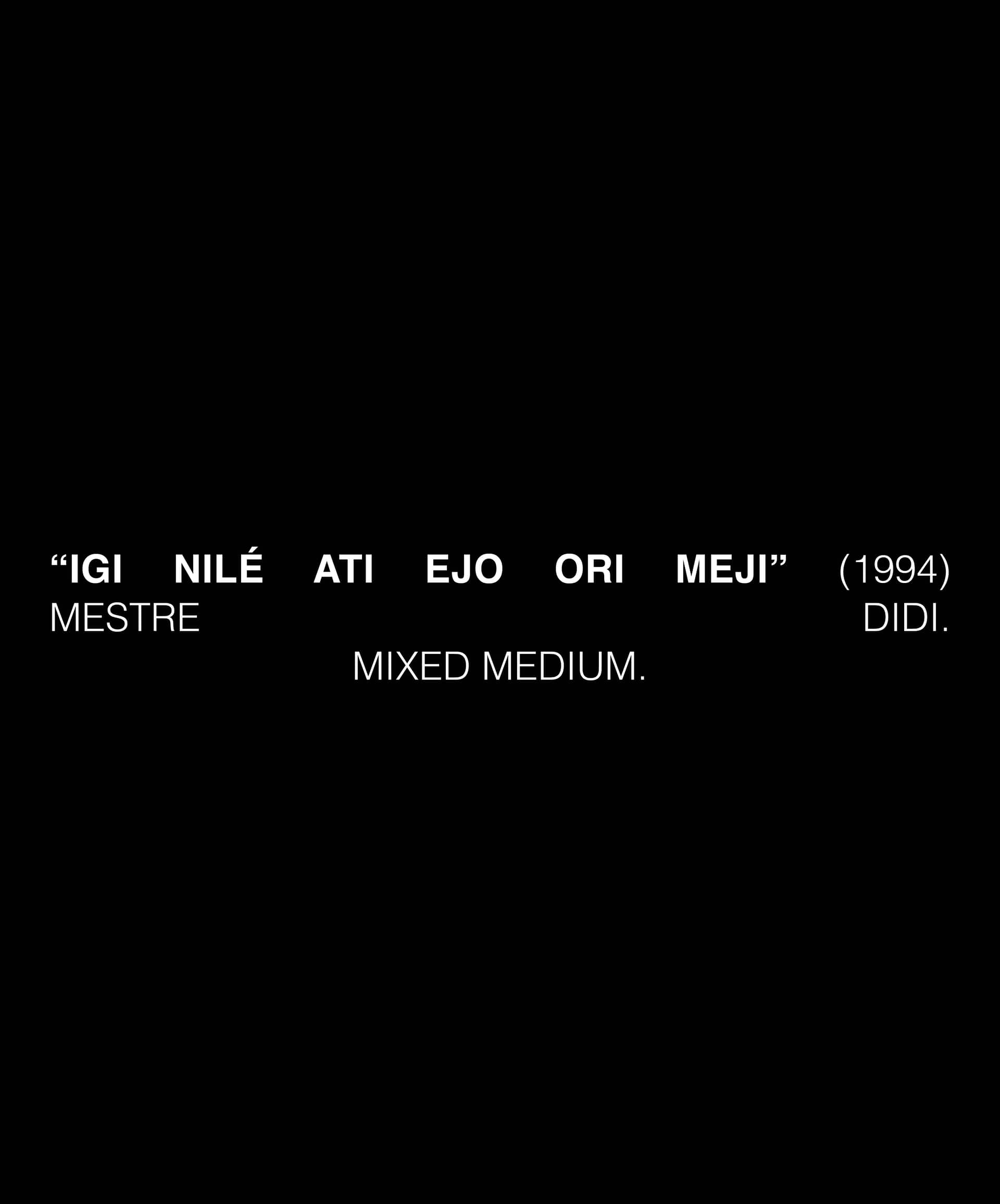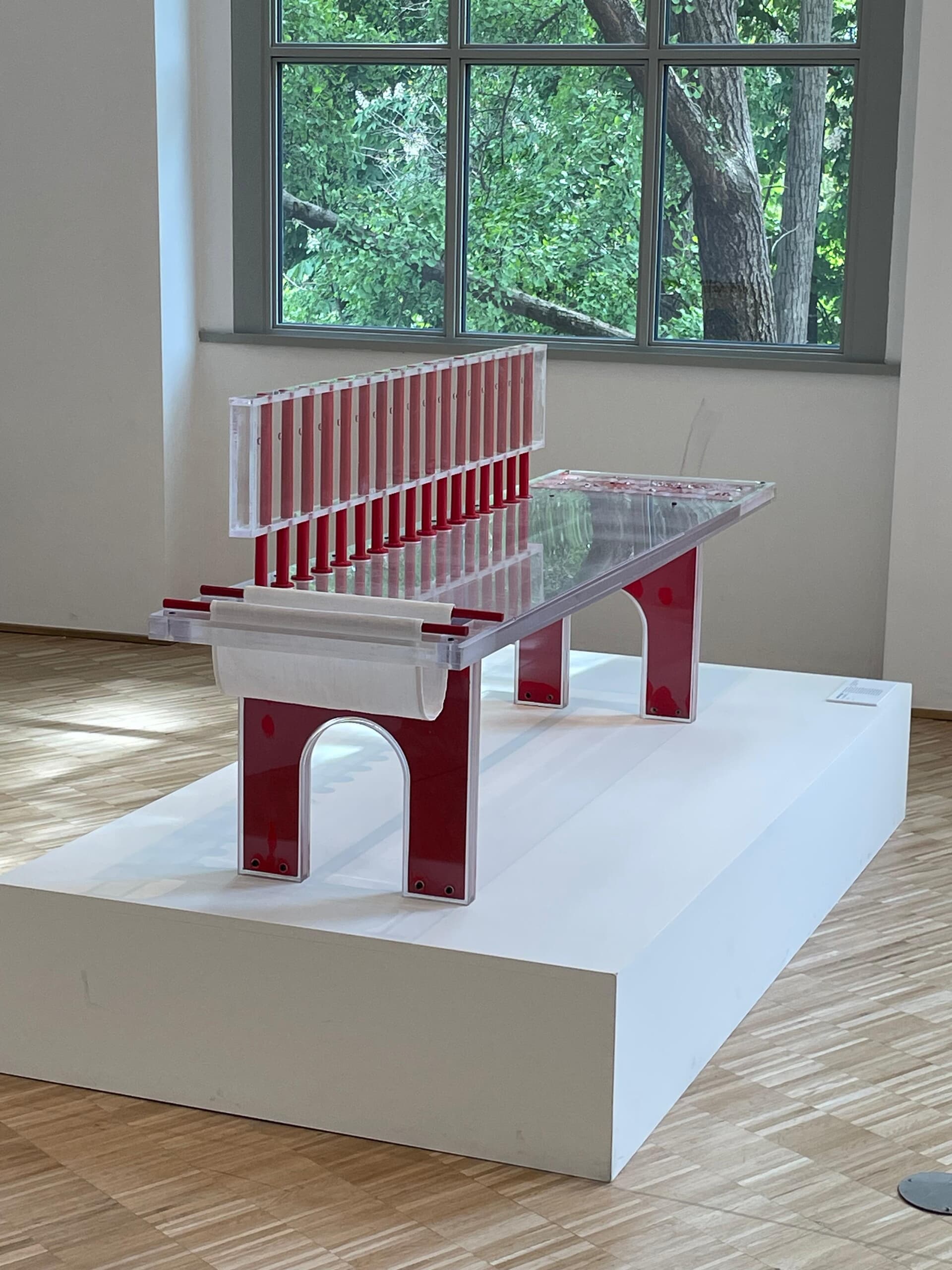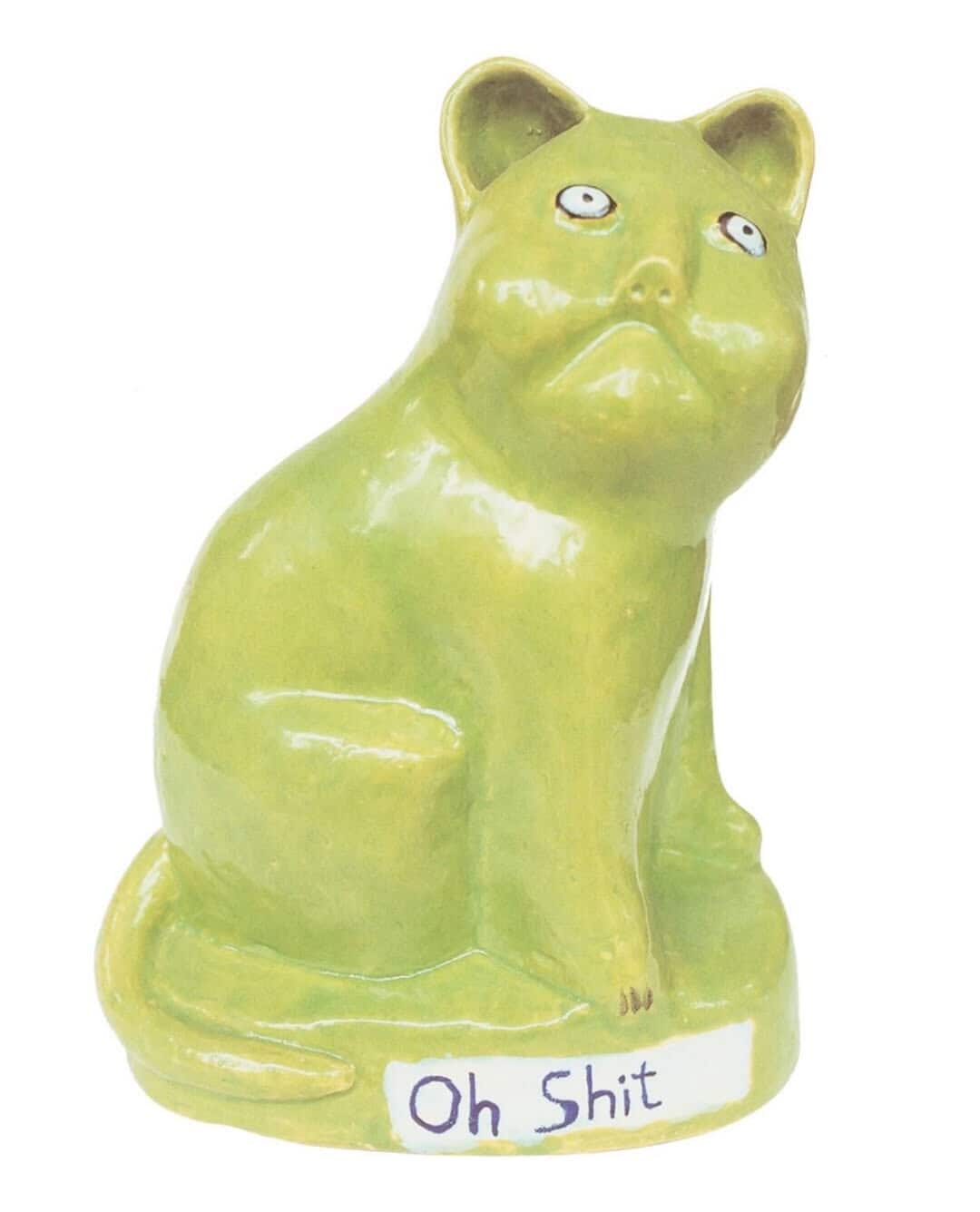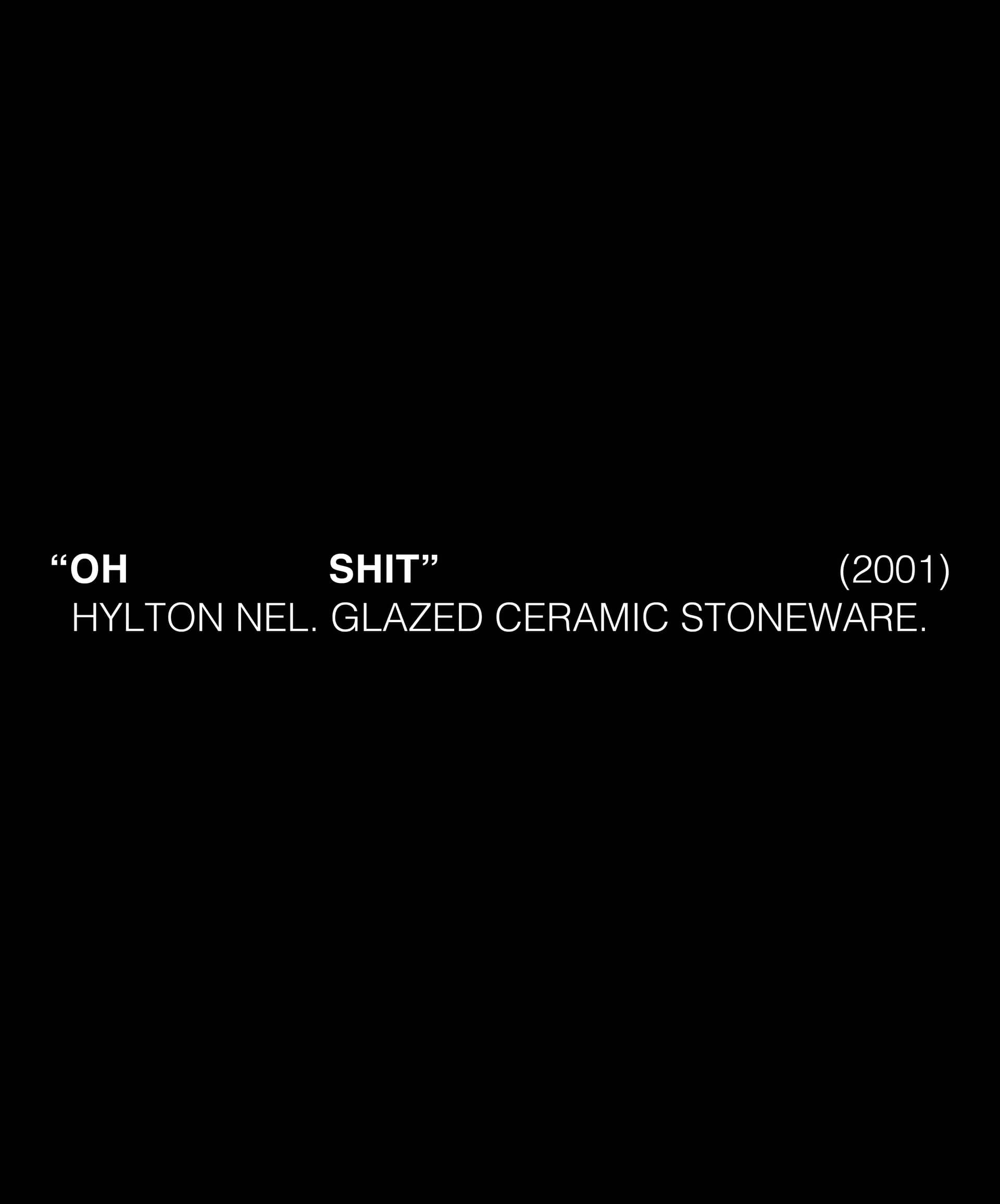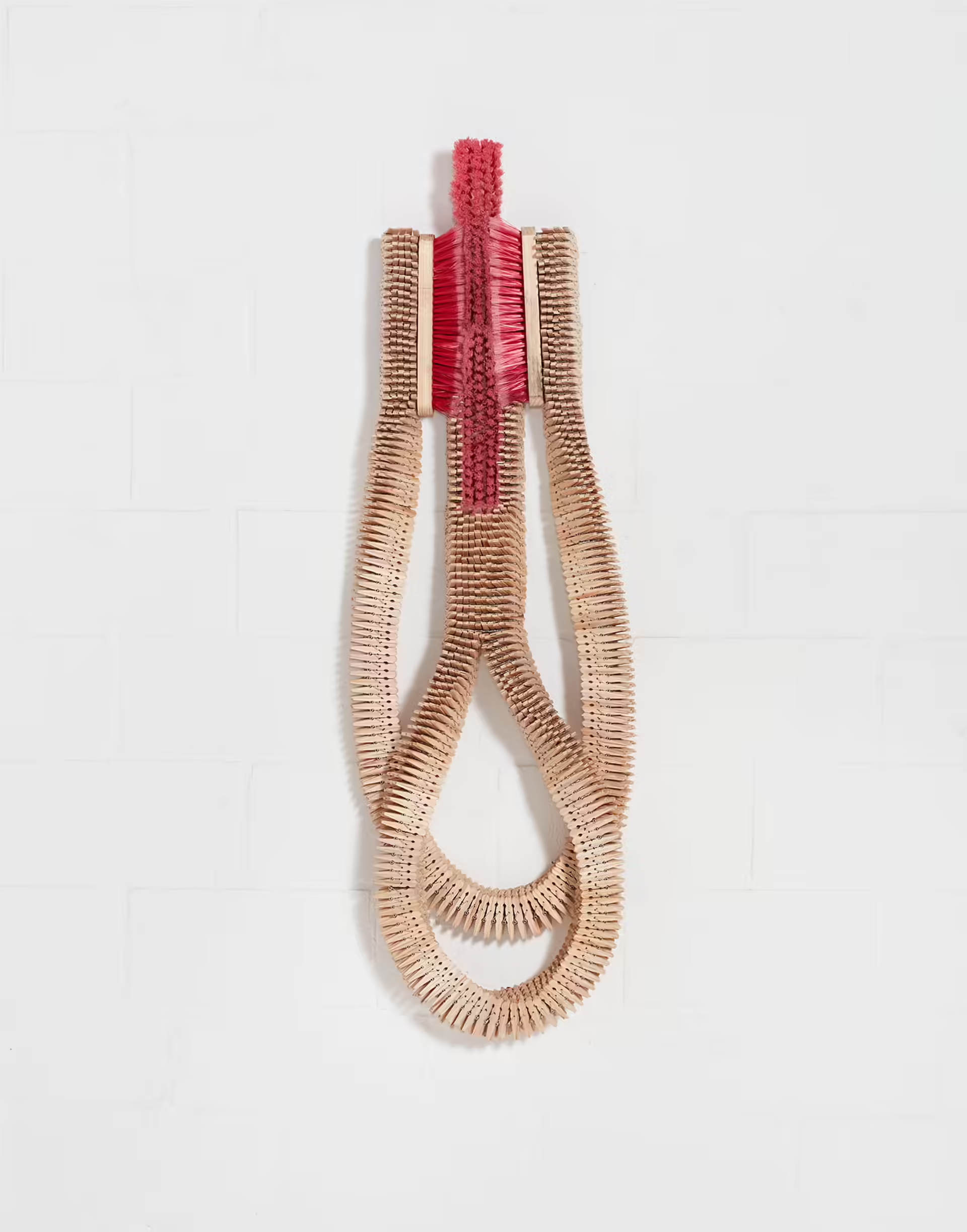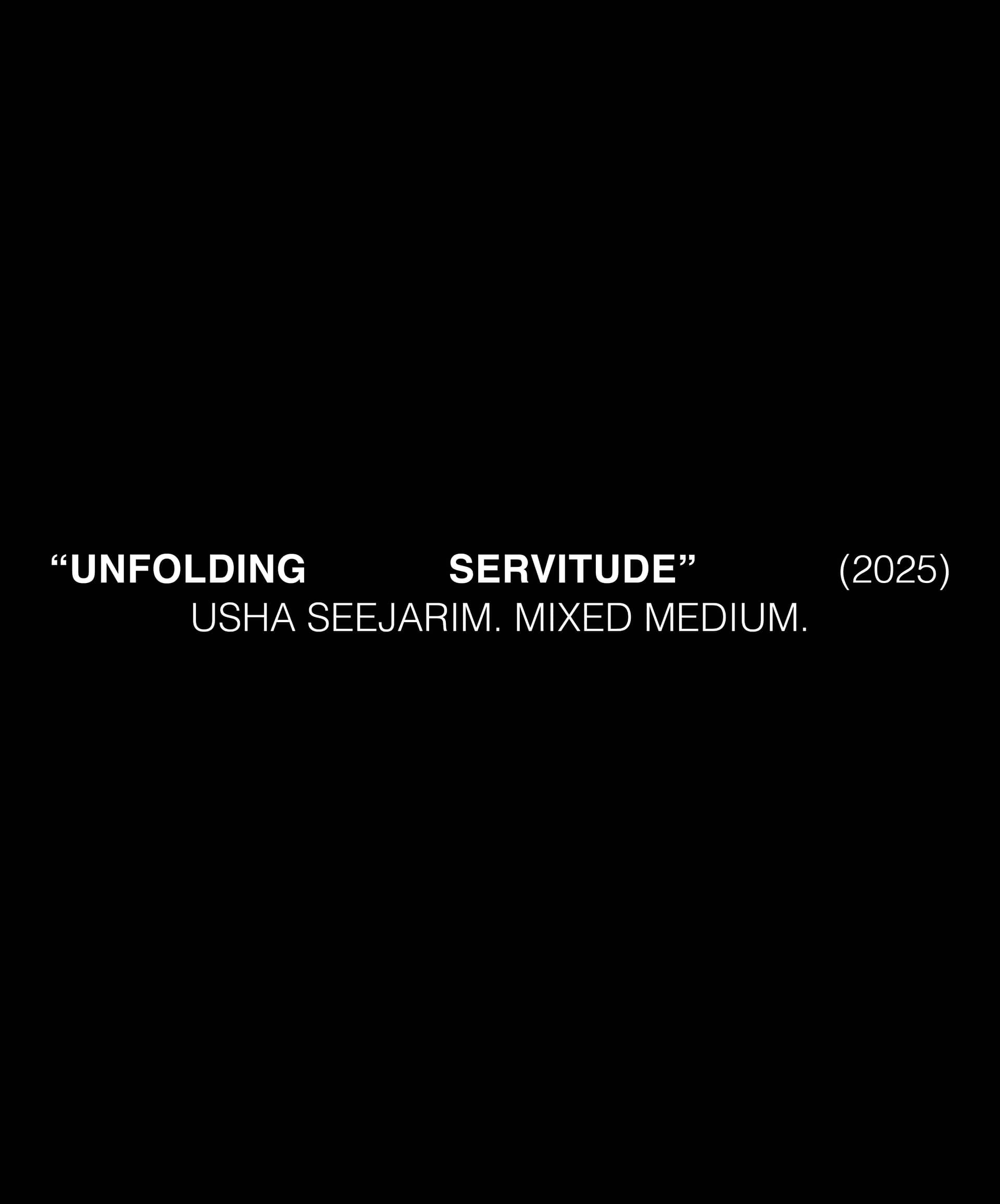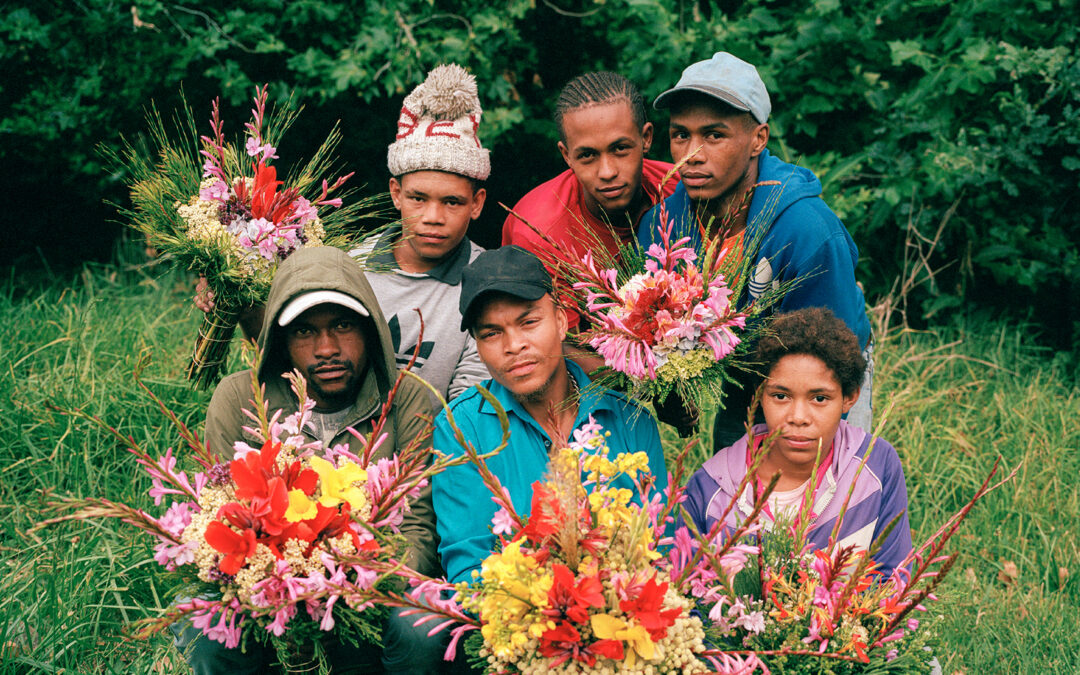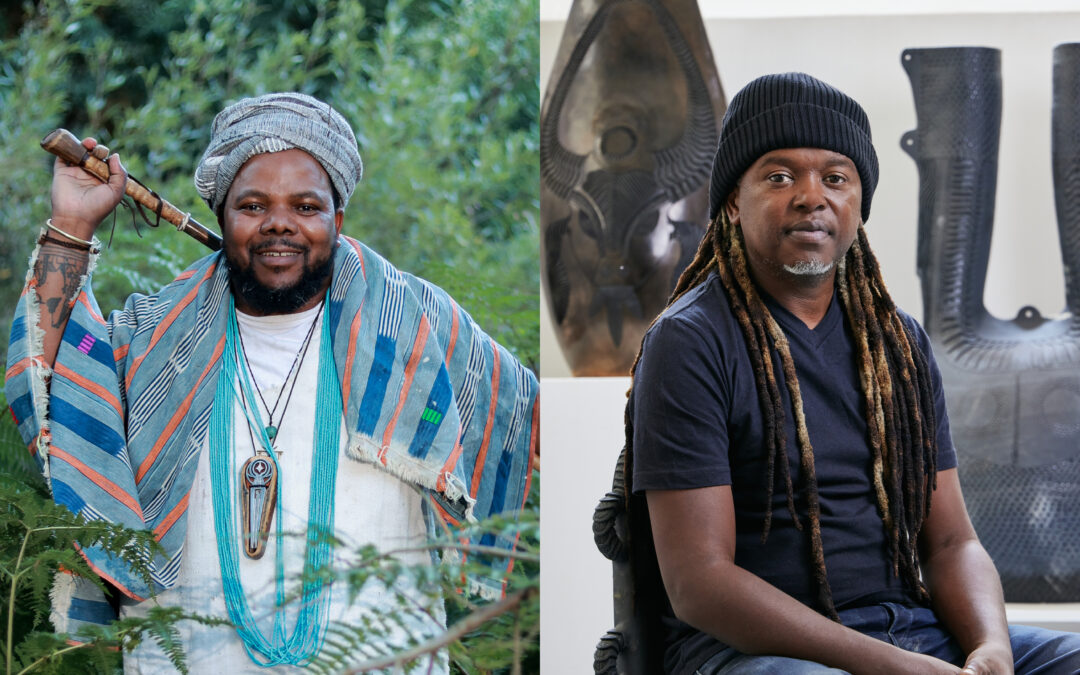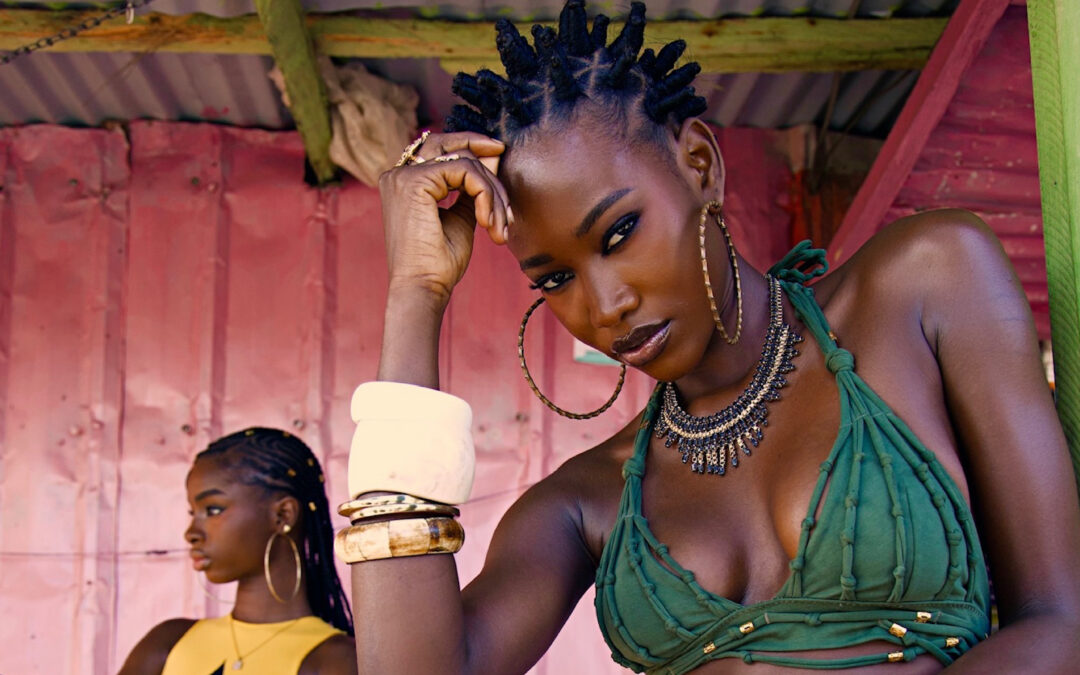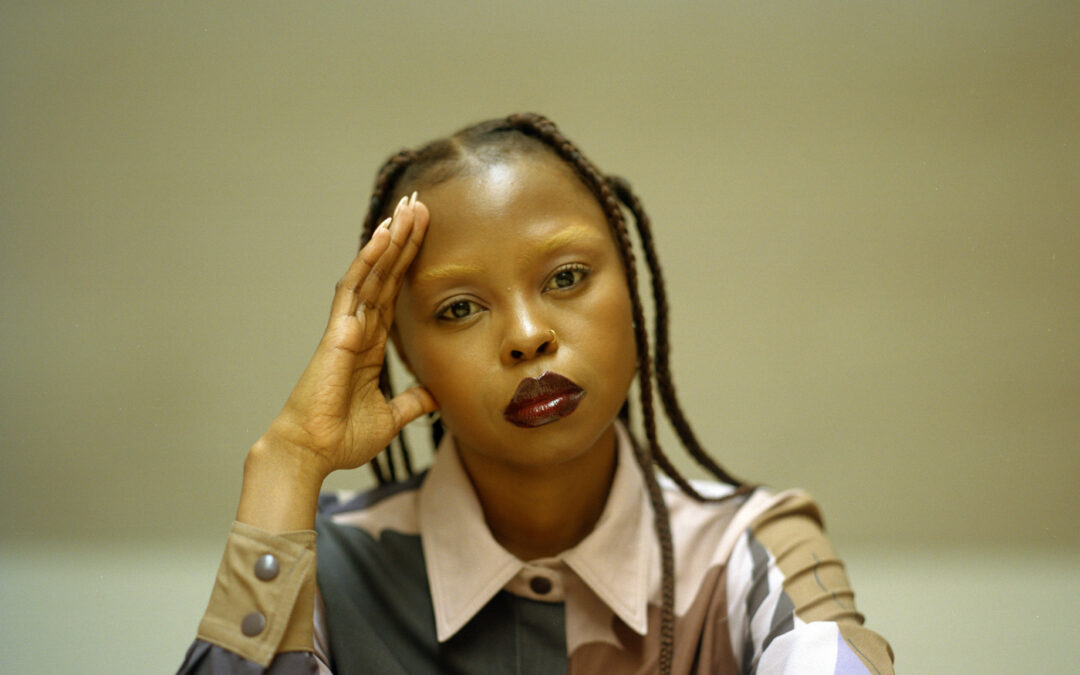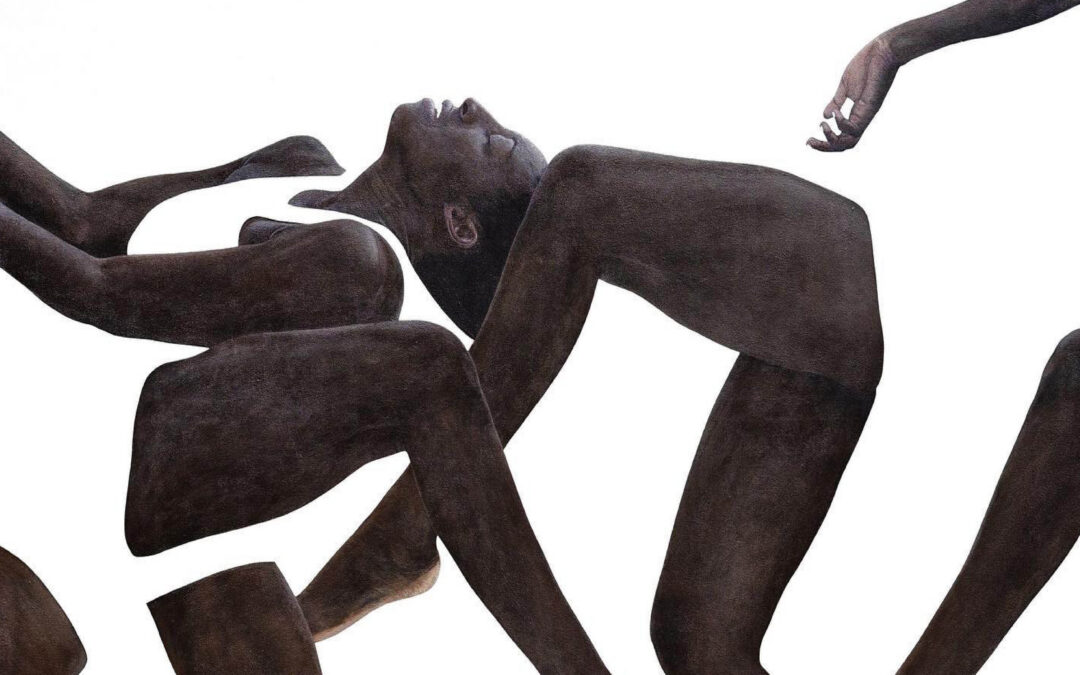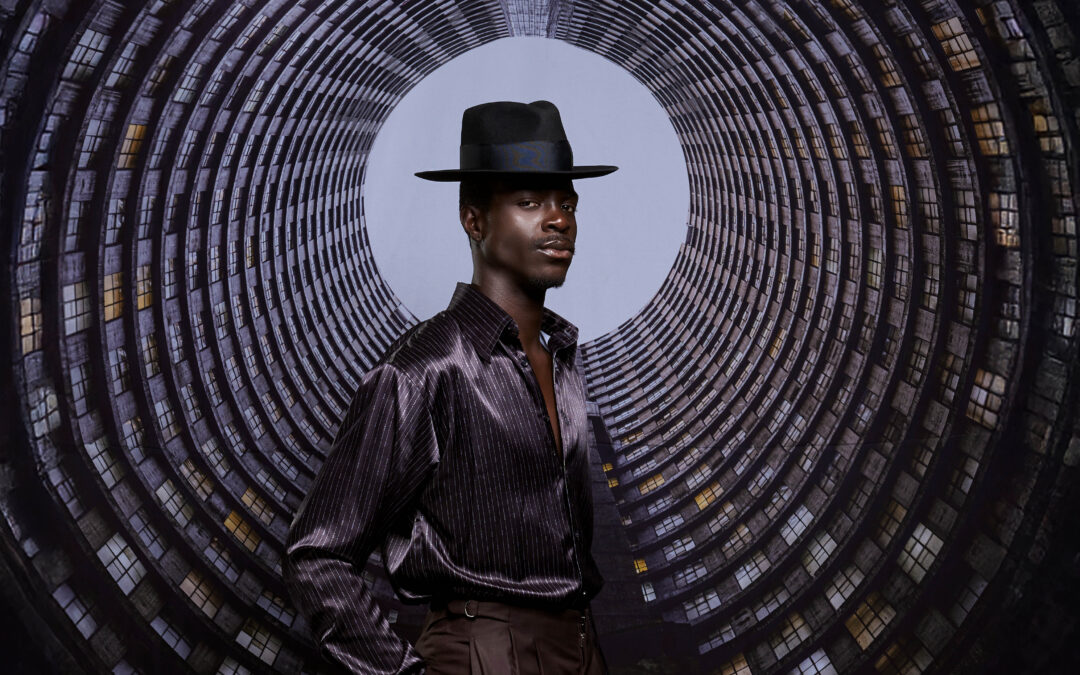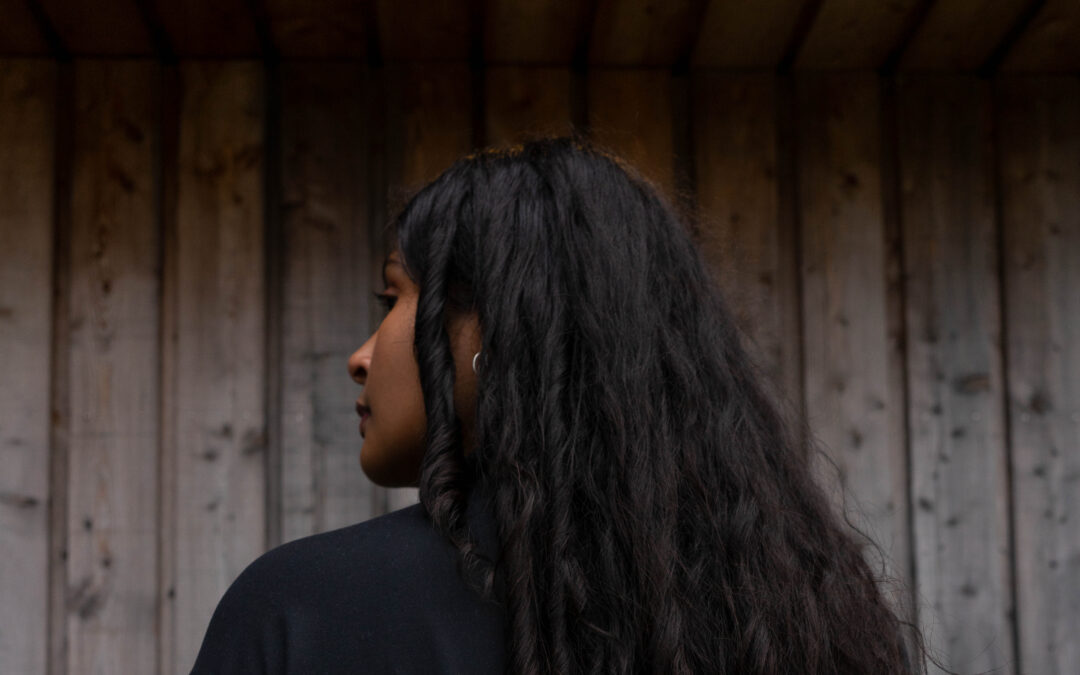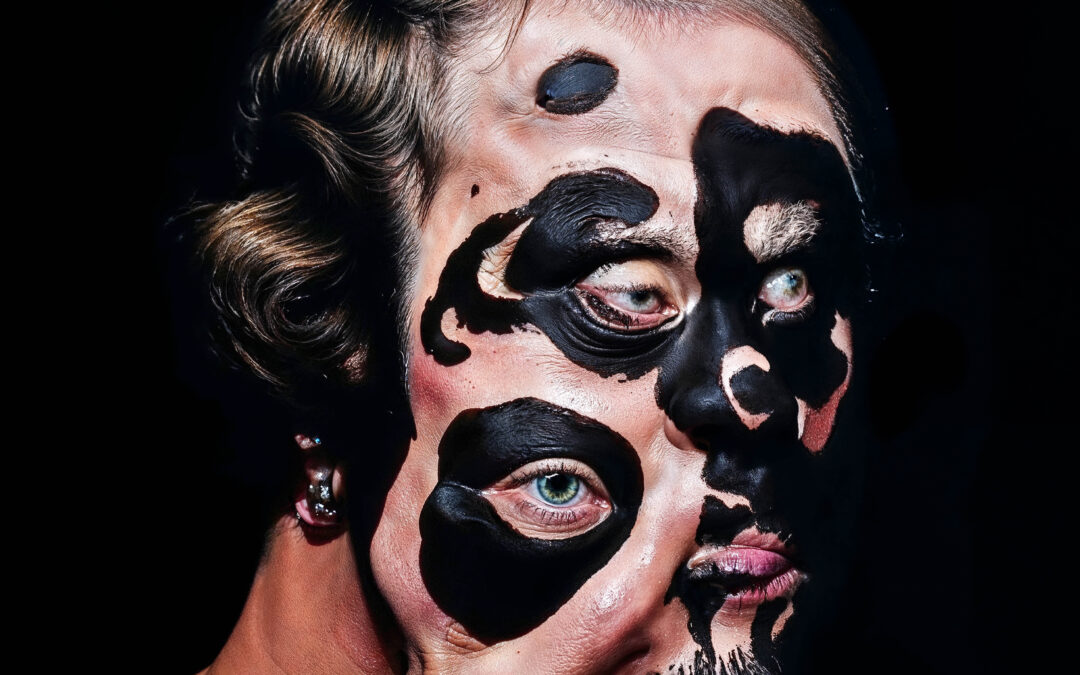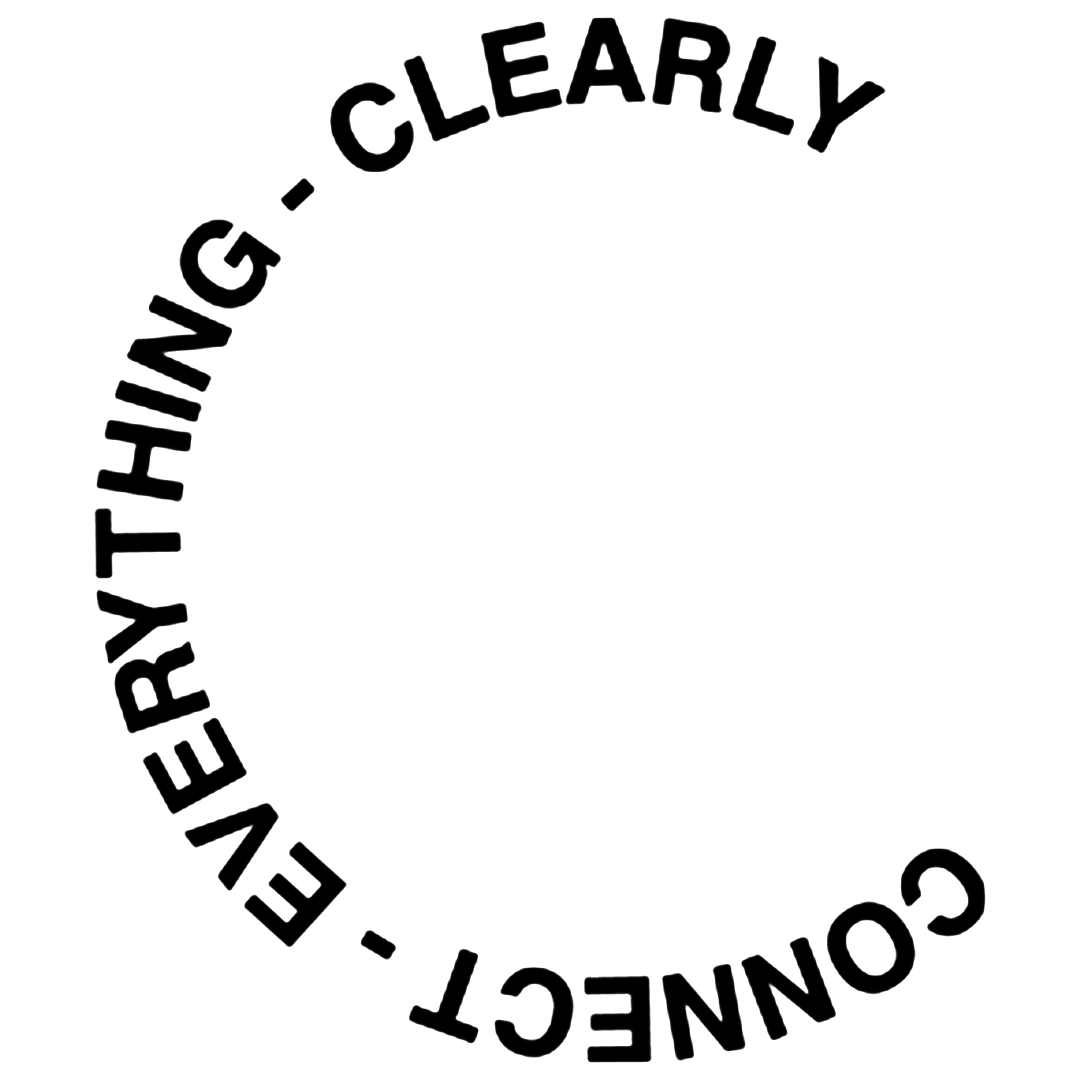Our bi-monthly curated art review is back for its fourth iteration. This time, a specific light is cast on artful objects: sculpted, framed, photographed, composed and pasted to create a piece worthy of noticing – in a world where the act of ‘paying attention’ or ‘spending time’ seems increasingly competitive.
There’s no denying that art exists in various forms. Art is a word so malleable that it has been used to describe something as broad as life itself. From a grain of sand to the act of performing societal roles or simply the gesture of drinking morning coffee, out of necessity, we’ve created categories to describe life, art and the objects often representing the relationships between them. Objects and mannerisms alike, we’ve chosen the former, strictly not 2D visual art, to focus on in this interaction of Art Themes, our curated bi-monthly art review.
In the words of Russel Tovey, he shares the importance of gathering artful objects, crafted and framed by a maker, placing them in context and appreciating them – as the magic of life. “I really care about stuff. To others, this stuff may just be stuff, but to me this stuff is everything. For me, this is art. Be it filmed, photographed, molded or hand-built, drawn or painted, recorded or reappropriated, art in all of its forms and guises, is my world.”
This March, we explore the work of artists Hylton Nel, Josh Egesi, Indrajit Khambe, Mestre Didi and Usha Seejarim, as they draw from their cultural contexts around the world in mediums of photography, sculpture, ceramics, furniture and found objects.
Photographic series by Indrajit Khambe (2025), photography courtesy of the artist
Indrajit Khambe: Photography
One could argue that photography is indeed a two-dimentional art form, however in the case of Indrajit Khambe, he uses the inspiration of traditional Indian saris as the object of symbolic significance. In rural India, these traditional Indian saris protect precious crops from grazing cattle. Khambe documents the old saris that create fences in his Maharashtrian hometown. In Ramgad, within the Sindhudurg district located off the Konkan coast, vibrant saris line the farmlands with their striking shades of reds and yellows, billowing in the breeze. Khambe has grown up and lived in this village all his life, and he believes his photographs document the lived realities of a community that is underrepresented. His artworks document the beauty in the rich history of the country – those who wore the saris and have passed them on to serve a broader role in the community.
Mestre Didi, Mixed Medium Sculpture, imagery courtesy of Inaicyra Falcao, Photography by Martin Seck
Mestre Didi: Mixed Medium Sculpture
Besides being a sculptor and writer and central figure in 20th century art, Mestre Didi was an important researcher and religious leader, and carried out work of great relevance to studies on sacred art linked to Afro-Brazilian religions. His entire body of work is linked to the Nagô universe, a people of Yoruba origin. His sculptures were made predominantly from organic materials such as wood, straw, bamboo cowrie shells and beads. These made reference to the traditional art and objects of the Yoruba people, as well as symbolic representations of entities from the cult of ancestors. Elements from the Yoruba visual culture, such as birds, snakes, spears, and flames, are reworked by Didi into pieces that evoke the ancestry of this religion. This artwork “IGI NILÉ ATI EJO ORI MEJI (Tree of Earth with Two-Headed Serpent)” is part of his exhibition “Spiritual Form”. He reimagined Candomblé ritual objects as artworks in their own right. It was for this community that he produced several liturgical objects, before his personal award-winning artistic career earned him renown in the mid-1960s, even if at the outset the Brazilian artistic community only accepted his work as decorative art.
Josh Egesi, Ayo Bench. Photography by Ian Cibic, captured at the Wallpaper24 exhibition at Triennale Milano, 2024.
Josh Egesi: Furniture
This Lagos-based artist and industrial designer has created the ‘Ayo Bench‘ which transcends the definition of furniture to make research-driven art which engages with cultural preservation, technology and ecology. The bench itself is designed to encourage conversation, but also has a game carved into it. ‘Ayo’, also known as Ayo-Olopon, is a traditional Nigerian game, specifically played by the Yoruba people in southwestern Nigeria, and is a type of mancala game, requiring strategic thinking and numeracy skills. Egesi shares, “In today’s design landscape, the true essence of African design lies in its ability to communicate the soul of an object. It’s about creating pieces that resonate on a personal level, evoking emotions and telling stories.”
Hylton Nel, Glazed Ceramic Stoneware. Imagery courtesy of the artist.
Hylton Nel: Ceramics
The prolific South African ceramicist, Hylton Nel has created hundreds of vases, bowls, plates and sculptures since the 1960s, mostly out of his Karoo studio. Most recently, he collaborated with Dior for the exhibition-like runway for Paris Fashion Week, which showcases his expansive reach. For Nel, there is no colour, shape, glaze or decoration that is incidental or without significance. He sees the repetition inherent to his vessels as infinite prompts for variation, stating, ‘Most of what I make are plates. The same shape over and over, but like people each one is different.’ His work is both utilitarian and decorative, functional and aesthetic. His ceramic pieces encompass geopolitics, pets and sexuality, reflecting a contemporary life mediated through the long tradition of ceramics. One might overlook vases, plates and bowls, finding them purely functional or unconsciously allow them to blend into the pastiche of home decor. Nel has, however, found a way to echo his own experience and tell stories which infiltrate the normality of domestic ‘objects’ to be of far more significance to himself and the viewer.
Usha Seejarim, Shy Yoni. Imagery courtesy of the artist.
Usha Seejarim: Domestic Objects
This Johannesburg-based artist explores the domestic space as a site of servitude, subversion and resilience through an intersectional lens. Functional objects found in the home, specifically the kitchen or scullery such as clothes pegs, ironing soleplates, brooms and serving trays – are repurposed and reframed to explore themes of oppression and agency in relation to gender, race and class. In the repetitive acts of assembling, Seejarim evokes the relentless, cyclical nature of domestic labour – traditionally gendered as women’s work. Through the use of these objects for art and commentary, contrasting from their original intended use, Seejarim explores a position of rebellion against the confines of womanhood and domesticity.
The abundance of expression and application of human creative skill and imagination is astounding, often overwhelming. From natural found objects paying homage to a long spiritual and religious tradition, to the use of everyday domestic objects to communicate a more contemporary subversion of gender roles, these artists have gathered common, recognisable items to make a comment and encourage one to look deeper. This is simply a microcosm, a curated sample-size of those artists around us trying to understand the difficult (and simple) questions we’re faced with in this life.
Written by: Grace Crooks
For more news, visit the Connect Everything Collective homepage www.ceconline.co.za

